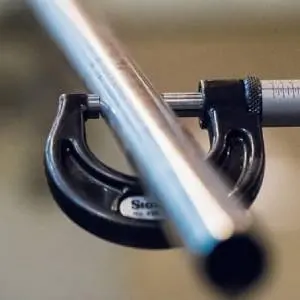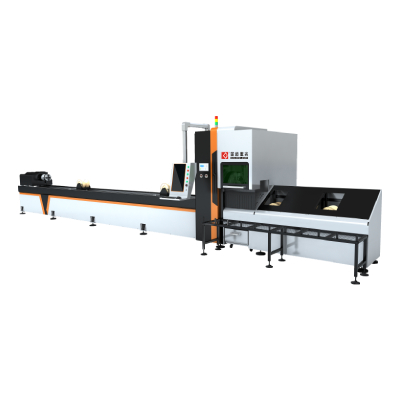In the sphere of modern engineering and technology, one device that has garnered significant attention and application is the rotary device. This fascinating piece of machinery operates on the principle of rotational motion and is integral to various industries, from manufacturing to medical equipment and beyond. Its versatility allows for the efficient conversion of linear energy to rotational energy, making it a key component in numerous systems.
The rotary device can be found in countless applications, each tailored to perform specific functions based on the type and complexity of the machinery involved. One of the most prominent examples is the electric motor, a rotary device that converts electrical energy into mechanical energy through rotational motion. This fundamental principle is employed in everything from household appliances to industrial machinery, illustrating the ubiquitous nature of rotary devices in our daily lives.
One essential application of rotary devices is in the context of pumps. Rotary pumps utilize the rotation of an impeller or rotor to move fluids efficiently from one location to another. These pumps are pivotal in various sectors, including industrial processes, water treatment facilities, and even in oil and gas extraction. The rotary motion of the pump significantly enhances its ability to create flow under varied pressure conditions, making it a reliable choice for transporting liquids.
Moreover, rotary devices are critical components of many automotive systems. The internal combustion engine, for instance, relies on a series of rotary devices, such as crankshafts and camshafts, to convert the linear motion of pistons into the rotational motion necessary to drive the wheels. Enhanced fuel efficiency and performance in modern vehicles owe much to the innovations in rotary device technology.
Another exciting realm where rotary devices have made significant inroads is in the field of robotics. Electric and hydraulic rotary actuators are extensively used in robotic systems, providing precise control over movement and positioning. These rotary devices enable robots to perform complex tasks, ranging from simple assembly operations to intricate surgical procedures. The advent of advanced rotary mechanisms has propelled the development of soft robotics, biomimetic devices, and adaptable robotic systems that can respond to dynamic environments.

Exploring the Versatility and Applications of the Rotary Device in Modern Engineering and Technology
In the medical field, rotary devices also play a crucial role. For example, the rotary blood pump, used in artificial hearts and ventricular assist devices, has transformed the landscape of cardiology. These pumps are designed to provide circulatory support to patients with severe heart failure by maintaining adequate blood flow. The precision and reliability of these rotary systems have made them indispensable in life-saving medical applications.

Exploring the Versatility and Applications of the Rotary Device in Modern Engineering and Technology
Furthermore, in the realm of renewable energy, rotary devices can be observed in wind turbines. The blades of a wind turbine rotate in response to wind currents, transforming kinetic energy into electrical energy through the use of a rotary generator. This application highlights the significant contribution of rotary devices to sustainable energy solutions, driving the global transition towards renewable energy sources while reducing reliance on fossil fuels.

Exploring the Versatility and Applications of the Rotary Device in Modern Engineering and Technology
Despite their many advantages, it is essential to understand the challenges and considerations associated with rotary devices. The efficiency, longevity, and reliability of rotary devices can be impacted by various factors, such as friction, wear, and thermal effects. Engineers and designers continuously strive to innovate, employing advanced materials, lubrication techniques, and cooling systems to enhance the performance and lifespan of these devices.
In conclusion, rotary devices are an integral part of modern engineering and technology, pervasive across a vast array of applications, from industrial machinery to life-saving medical devices to renewable energy systems. Their ability to efficiently convert energy and facilitate movement makes them invaluable in our ever-evolving world. As technology continues to advance, the role and capabilities of rotary devices are likely to expand, driving further innovation and alterations in various fields. The continued research and development surrounding rotary mechanics will ensure that these devices remain at the forefront of engineering solutions and technological advancements for years to come. Laser Metal Cutting Machine
